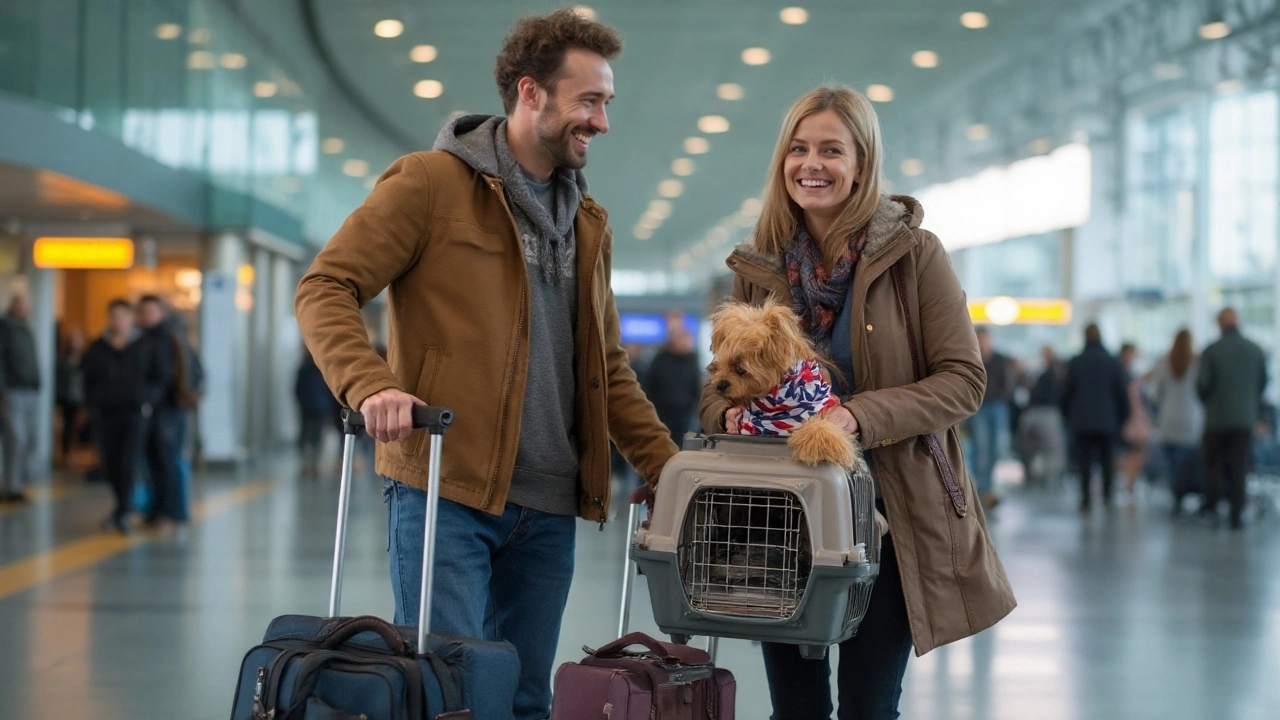Pet Carrier Requirements: Your Quick Guide to Safe Travel
Planning a trip with your dog or cat? The first thing you’ll need is the right carrier. In the UK, airlines and transport companies have clear rules, and missing a detail can mean delay or extra fees. Below we break down the essentials so you can pack, travel, and relax knowing your pet is safe and compliant.
Key UK and Airline Rules
Every airline follows the International Air Transport Association (IATA) standards, but they also add their own limits. The most common requirements are:
- Size limits: The carrier must fit under the seat in the cabin. Typical dimensions are around 45 cm × 35 cm × 20 cm, but always double‑check your airline’s website.
- Ventilation: At least two openings – one for breathing and one for water – are mandatory. Mesh panels work well as long as they stay sturdy.
- Materials: Hard‑shell plastic crates and soft‑sided fabric carriers are both accepted if they are rigid enough to hold shape when handled.
- Secure closure: Zippers or snaps must close fully and not let your pet escape.
- Labeling: A clear label with your name, address, and phone number should be attached on the outside.
For road travel, UK law requires carriers to be secure, well‑ventilated, and large enough for the animal to sit, turn around, and lie down comfortably. If you’re using a car, a strap that attaches the carrier to a seat belt is a must.
Choosing the Right Carrier for Your Pet
Start by measuring your pet while standing up. Add 2‑3 cm to the length, height, and width – this gives wiggle room and keeps the carrier from feeling cramped.
Next, think about your pet’s temperament. Nervous dogs often do better in hard‑shell crates because they feel more protected. Cats usually prefer soft carriers with a cozy blanket inside.
Features to look for:
- Removable tray: Makes cleaning up accidents a breeze.
- Water‑resistant bottom: Prevents leaks from damp bedding.
- Easy‑access door: Allows you to check on your pet without opening the whole carrier.
Don’t forget to place a familiar toy or a piece of your clothing inside. The familiar scent helps calm your pet during the journey.
Before the day of travel, do a short test run. Put the carrier in the car or near the house door and let your pet explore it for a few minutes each day. This reduces anxiety and makes the real trip smoother.
When packing, keep food and water separate from the carrier. Offer a small snack a couple of hours before you leave, then give fresh water right before the journey. Avoid feeding a large meal right before a flight, as that can cause discomfort.
Finally, arrive at the airport early. Having extra time lets you check the carrier, fill out any required paperwork, and give your pet a calm moment before boarding.
Following these carrier requirements and selection tips means fewer worries and more fun at your destination. Whether it’s a short drive or a long‑haul flight, the right carrier keeps your pet safe, comfortable, and ready for new adventures.
TSA Approved Pet Carriers: Everything You Need to Know Before Flying With Pets
Get the real scoop on TSA approved pet carriers. Learn about airline rules, carrier features, real examples, and super practical tips for stress-free flying with pets.
